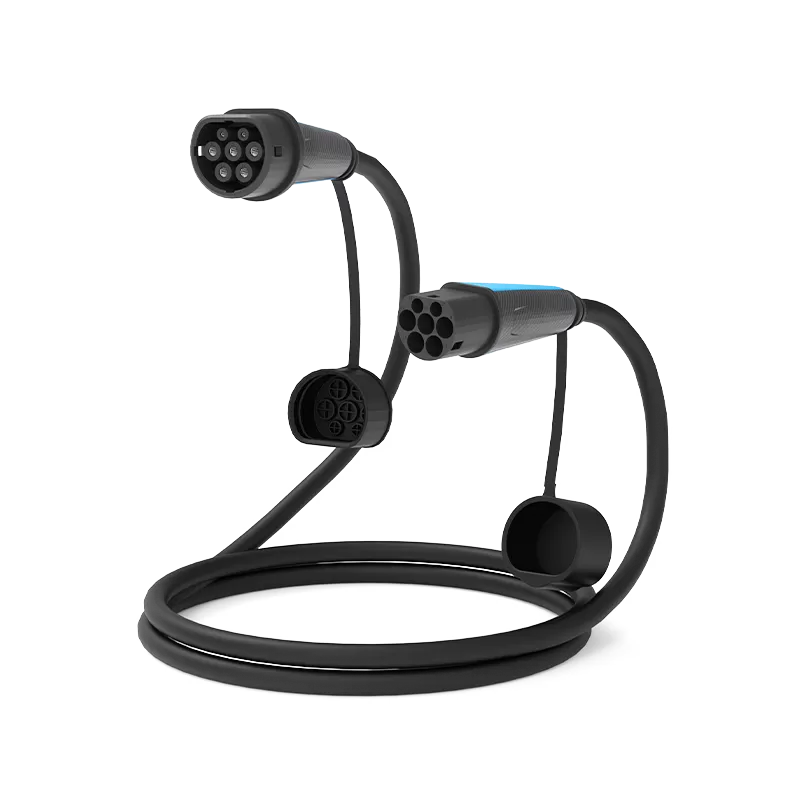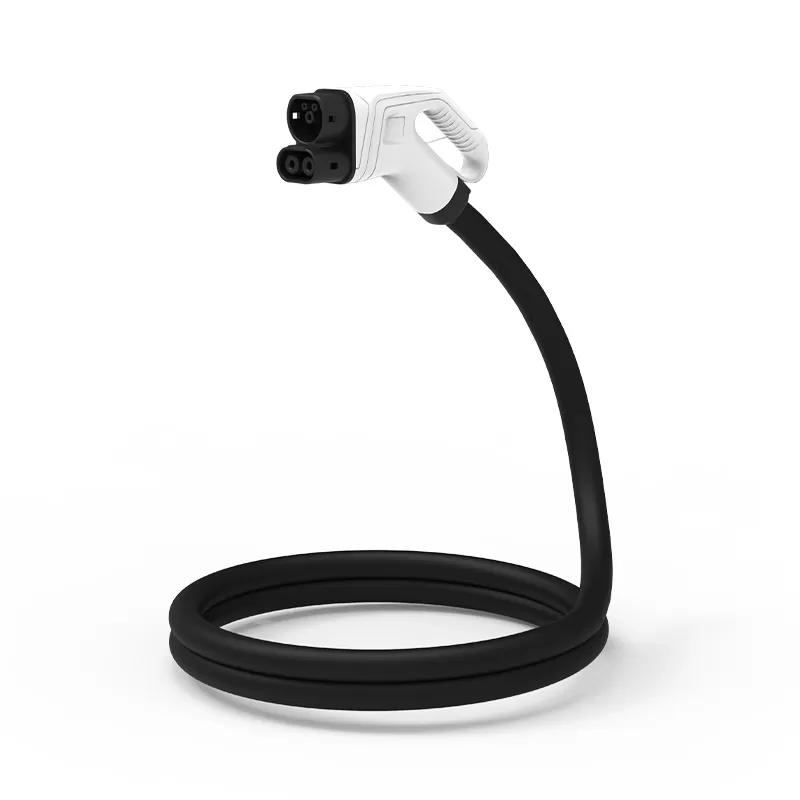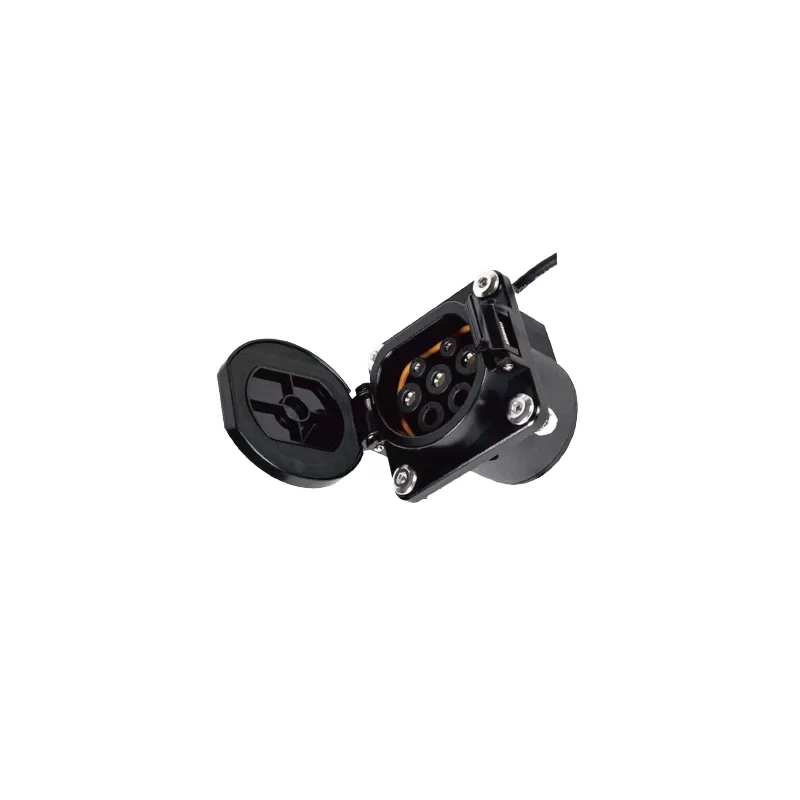Jun 19, 2025
China, Africa seek increased opportunities in EV cooperation
Type2/Type1/GBT/Temperature sensor/Tethered Cables/Extension Cables/Spiral cables/Type2-type/Type2-type1/Type2-Gbt



Low current CCS2 Plug /CCS2 Plug /CCS1 Plug /Tethered Cables/Extension Cables/Type2-type/Type2-type1/Type2-Gbt



Dummy socket /Mechanical Lock /Electronic Lock/EV charging adapters


There is a CP communication line on the head of the charging gun, which is always powered on in order to read the docking signal on the car in real time. If the waterproof cover is not put on in time, the CP copper wire with micro current will be exposed to the humid air, and it will decompose and produce green rust spots, thus affecting the use of the wire life.
Firstly , choose the right type .
In the world of EV cables, Type refers to the design of the vehicle side plug, which can be either a Type 1 or Type 2. These correspond to Type 1 and Type 2 vehicle inlets. A Type 2 charging cable is the current standard. If you have a relatively new car, this is most likely what you have. Type 1 inlets can be found on older models of Asian brands, such as the Nissan Leaf 2016. If in doubt, make sure to check the inlet on your car.
Secondly , Choose the right amp, kW and phase version
Getting right amps, kilowatts, and knowing if you need a 1-phase or 3-phase cable is often what new EV owners find most challenging.
Third, choose the right length.
EV charging cables are available in different lengths, usually between 4 to 10m. A longer cable gives you more flexibility, but also heavier, more cumbersome and more expensive. Unless you know you need the extra length, a shorter cable will usually suffice.
Contact us now for exclusive deals and expert advice!
Discover the future of green energy with Estar EV Chargers. Request a Quote